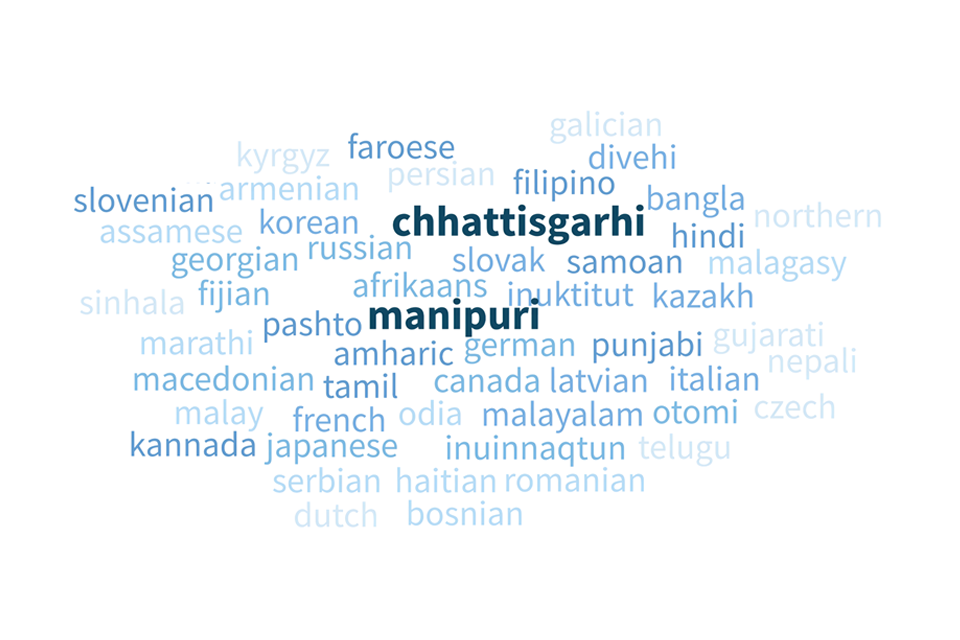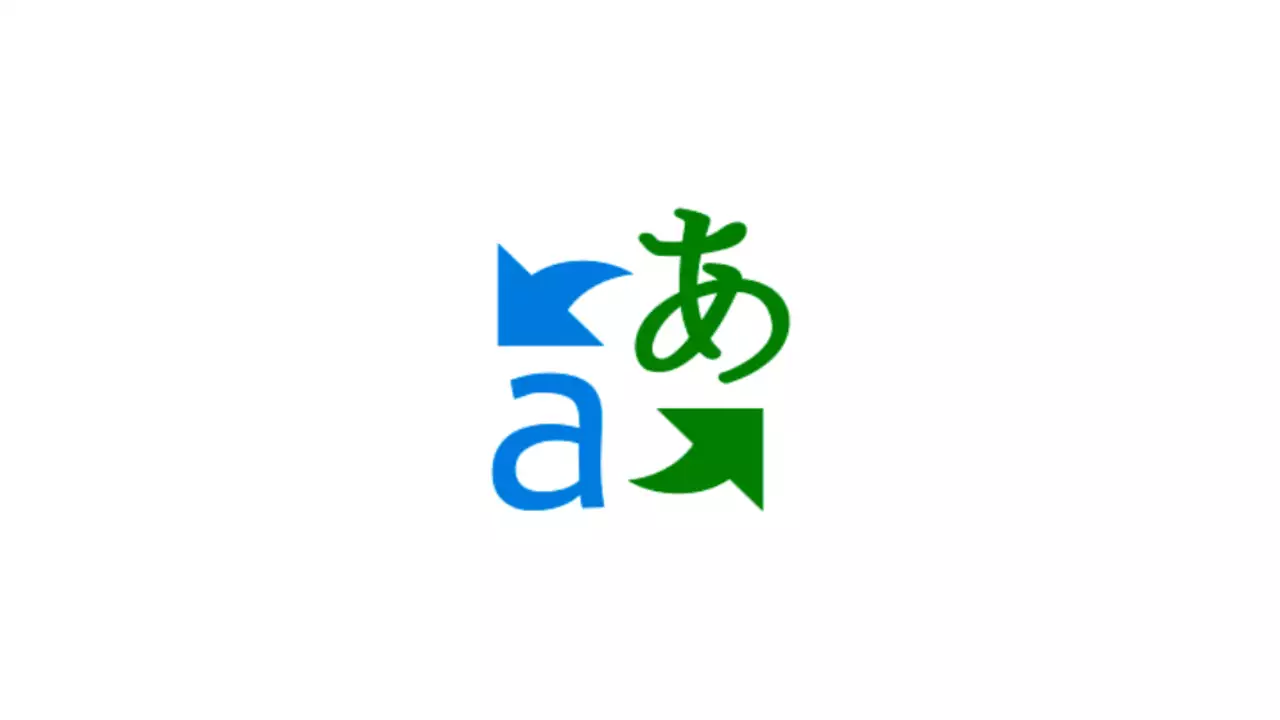Microsoft India has expanded its language support in Microsoft Translator by adding two new Indian languages, Chhattisgarhi and Manipuri. With this addition, Microsoft Translator now covers a total of 20 official Indian languages, including Assamese, Bengali, Bodo, Dogri, Gujarati, Hindi, Kannada, Kashmiri, Konkani, Maithili, Malayalam, Manipuri, Marathi, Nepali, Odia, Punjabi, Sindhi, Tamil, Telugu, and Urdu. Additionally, two vernacular languages, Bhojpuri and Chhattisgarhi, are also included, collectively covering over 95% of the country’s population.
This expansion reflects Microsoft’s commitment to democratizing technology and supporting linguistic diversity in India. The inclusion of Chhattisgarhi and Manipuri aligns with Microsoft’s goal of empowering communities through language technologies, enhancing accessibility, education, governance, communication, economic development, and cultural preservation.
Rajiv Kumar, Managing Director of Microsoft India, stated, “We truly believe in the power of technology to empower every person on the planet… We strive to make a profound impact through our products, leveraging advanced AI technologies that foster social inclusion and collaboration without barriers, contributing to India’s inclusive economic growth.”

Chhattisgarhi, spoken by around 16 million people in Chhattisgarh, Odisha, Madhya Pradesh, and Maharashtra, and Manipuri, spoken by approximately 3 million people in Manipur and certain communities in Assam, Tripura, Bangladesh, and Myanmar, are now part of Microsoft Translator’s language repertoire. The goal is not only to enhance computing accessibility in official languages but also to create opportunities for education, communication, and economic growth.
Microsoft Translator employs deep neural networks, a type of artificial intelligence that learns from extensive data to produce natural-sounding translations. These neural networks capture language nuances and contexts, resulting in more accurate and fluent translations. The addition of transliteration support allows users to convert text from one script to another, facilitating reading and writing in their preferred language.
Microsoft remains committed to advancing language technology, continuously improving translation models to align with technological advancements and user needs. The company’s dedication to linguistic diversity is evident in the expansion of language support, fostering social inclusion and collaboration across diverse communities in India.







